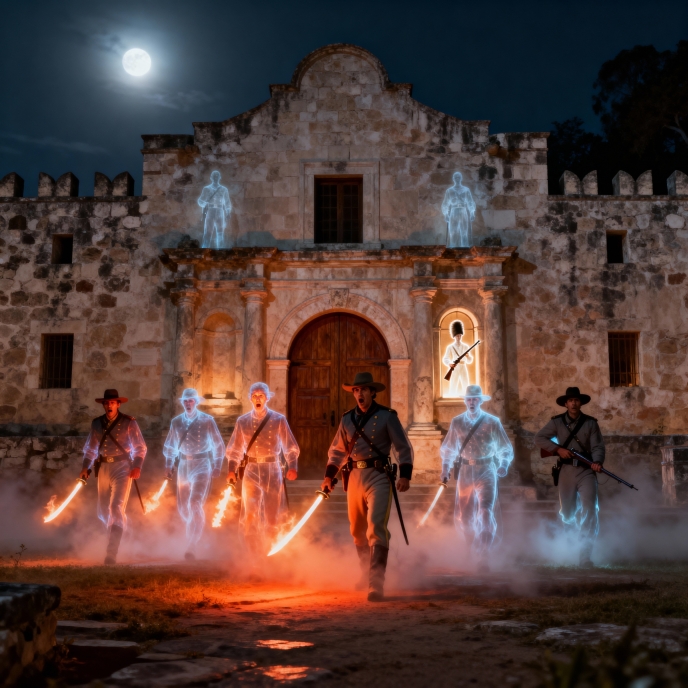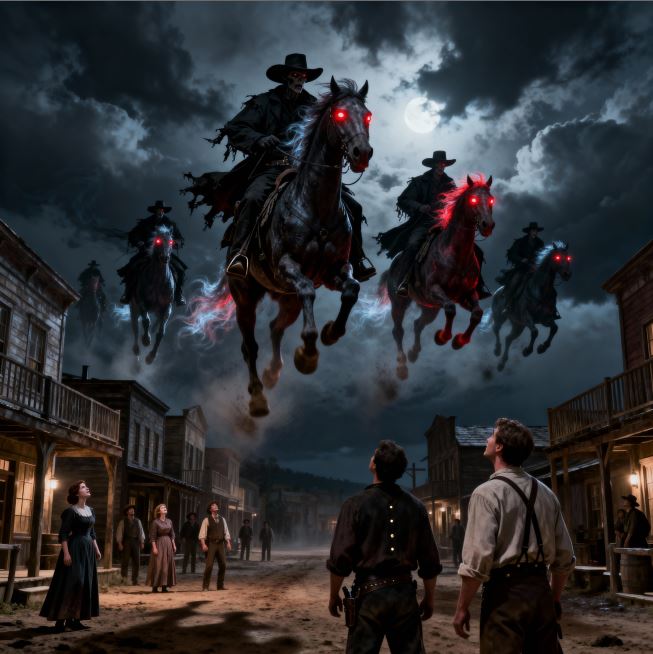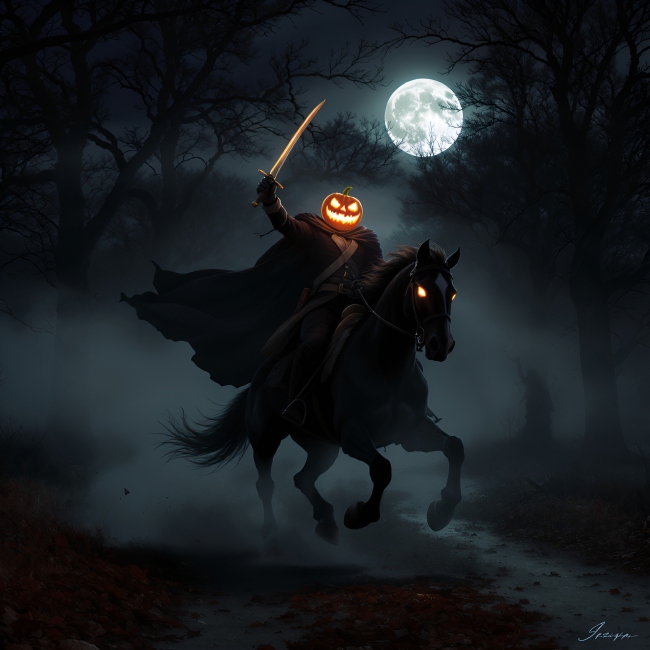
In the United States of America, in Pittsburgh, Pennsylvania there are a few old historical, sites as that date from 1776-the year of the American Revolution War against Great Britain and before. People who visit these areas often do not know about a great number of reports that deal with the hauntings of spirits of the dead that are intertwined in their history.
For instance, consider the area of western Pennsylvania, during the time of the French and Indian War (1754-1763) that was a theater of the Seven Years War, whereby the North American colonies of the British Empire and their Native American Indian allies fought against the colonies of the French Empire and their Native American allies. At the beginning of the war, the French settlements had a population of approximately 60,000 settlers, paling in comparison to 2 million individuals in the British sectors. The outnumbered French were strongly dependent upon the North American Indian tribes.
The French Indian War involved the massive territory of 2 nations, what was to later become The United States of America, and what was to become later known as The Dominion of Canada. In Europe, after two years into the French and Indian War, Great Britain declared war on France that ignited The Seven Years War. That war ended with Great Britain being the victor which meant that France lost nearly all its North American colonies with a crushing blow of their loss of all the large territory of Canada. France also lost nearly all of its territory to Great Britain of the highly abundant raw material Asian nation of India.
From July 9, 1755 to July 13, 1755, there was a huge battle under the army of British General Edward Braddock (1695-1755) against the army of the French Captain Daniel Lienard de Beaujeu and Charles de Wyandot of Ohio County, the Catawba, Cherokee Nation, and the Mingo (briefly). Langlade and Jean-Daniel Dumas commanded the French, Canadian, and Native American Indian military forces. General Braddock had approximately 1,500 soldiers. The French and their Native American Indians army had between 300 to 900 fighters The Native American tribes that were aligned with the French were the Wabanaki Confederacy member tribes Abenaki and Mi’kmaw, and the Algonquin, Lenape, Ojibwa, Ottawa, Potawatomi,Shawnee, and the Wyandot of Fort Detroit (Huron) tribes.
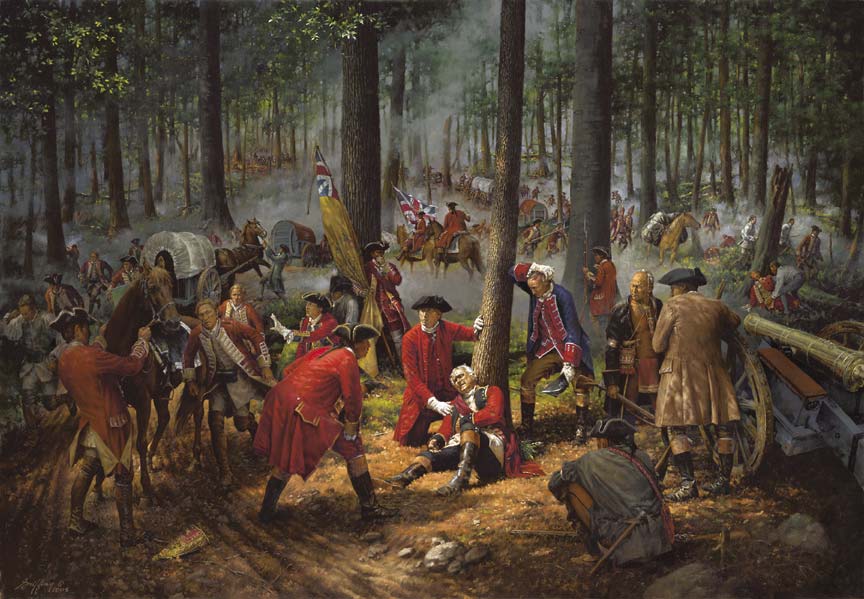
British General Edward Braddock had a few Native American Indians in his outfit; 8 Mingo Indians serving as scouts, even though there were quite a large number of Indian allies available for Great Britain, which includes the Iroquois Confederacy (Mohawk, Oneida, Onondaga, Cayuga. Seneca Tuscarora),Wyandot of Ohio County, Catawba, Cherokee Nation, and the Mingo (briefly).
General Braddock was against enlisting the aid of Native American Indians with his army, even though the Native Americans would have greatly added to the number of soldiers and could have changed the outcome of the war. The British soldiers, under Braddock, suffered a very great defeat mainly because the British soldiers would not hide behind the thick trees and dense foliage in the forests of Western Pennsylvania while firing upon the enemy. But, the French and their Indians allies fought the British in this highly protected manner. The British wrongly assumed the enemy (the French and their Indian counterparts) would bravely fight out in the open in plain view and the British soldiers were in the bad habit of fighting that way. The redcoats (the British) had over 500 soldiers killed and over 450 soldiers wounded. General Braddock, himself, died On July 13, 1755, 5 days after the battle started on July 9, 1755. General Braddock died after being shot in the lung. The French side had only 30 killed and 57 wounded.
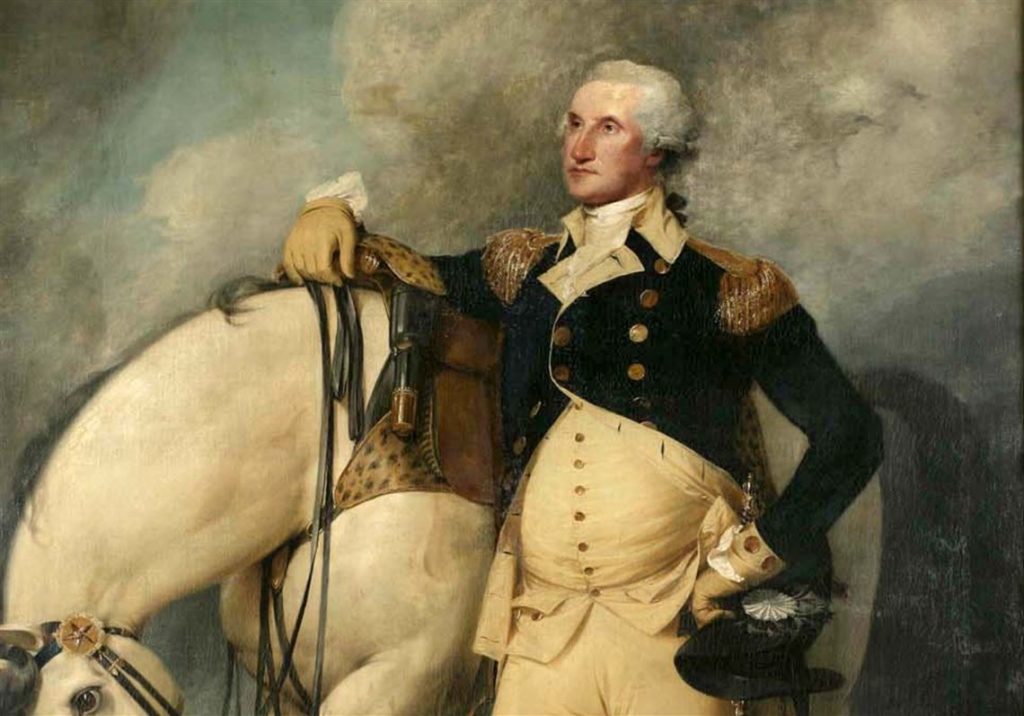
Within British General Braddock’s army was a 23 year old George Washington, who would survive the British army’s defeat, with a small number of other men. George Washington became the first President of the United States of America on April 30, 1789. George Washington is highly praised and credited for being able to prevent Braddock’s army from utter annihilation and enabled some men to escape the great massacre.
The location of the defeat of Braddock’s military was at Braddock Field, in what is now known as Braddock Borough, Pennsylvania, near the Monongahela River, 10 miles (16km) east of what later became the city of Pittsburgh.
The army of General Braddock was on its way to area of where 3 rivers meet; The Allegheny, the Ohio, and the Monongahela to attack the French fort of Fort Duquesne located there; at the rivers fork in what is now downtown Pittsburgh. Colonel George Washington had General Braddock buried in the middle of an earthen road, then had surviving British soldiers walked upon it to hide and protect Braddock’s grave from the French and their Indian warriors. In 1804, some workmen doing work on the road uncovered the remains of General Braddock with some personal artifacts effects as coat buttons, and a historical sign was placed over the grave site. Later, the body of the British General was moved to the grounds of Fort Necessity National Battlefield in Farmington, Pennsylvania. Braddock’s remains were placed in a prominently marked grave on a knoll above the original site.
Shortly after the death of Major General Edward Braddock of the Cold stream Guards, various witnesses claimed to have seen the ghost of the British General. Witnesses reputedly saw and heard spirits of dead British red coated soldiers, heard the sounds of cannon fires, heard the music of fifes and drums playing, and heard the screams of those,military personnel being killed.
In downtown Pittsburgh, there is Trinity Episcopal Cathedral, also known as Trinity (Christian) Church with its graveyard at 328 Sixth Avenue, Pittsburgh, PA 15222. The burial ground was originally used by the Native American Indians, the French at Fort Duquesne, the British at Fort Pitt, and the earliest settlers of Pittsburgh. An ancient American Indian tumulus (burying ground) occupied most of the site seen today. The cemetery, the size of a whole city block, originally was an ancient Native American Indian burial site. At one time, the burial place had as many as 4,000 graves.
There is even a Native American Indian chief buried there. His tombstone reads as follows: “MIO-OUA-COO-NA-GAW OR RED POLE, PRINCIPAL VILLAGE CHIEF OF THE SHAWANEE NATION. DIED AT PITTSBURGH THE 28TH JANUARY 1787. LAMENTED BY THE UNITED STATES. “Since the 1700’s this Native American Indian burial mound was considered to be, by many folks. haunted. A lot of people were scared about disturbing the spirits of the dead American Indians. There was a fear the ghosts would be angered. Certain people thought that they could be attacked by an invisible spirit or spirits or that a bad luck curse would be unleashed. Other people did not believe in such supernatural things.
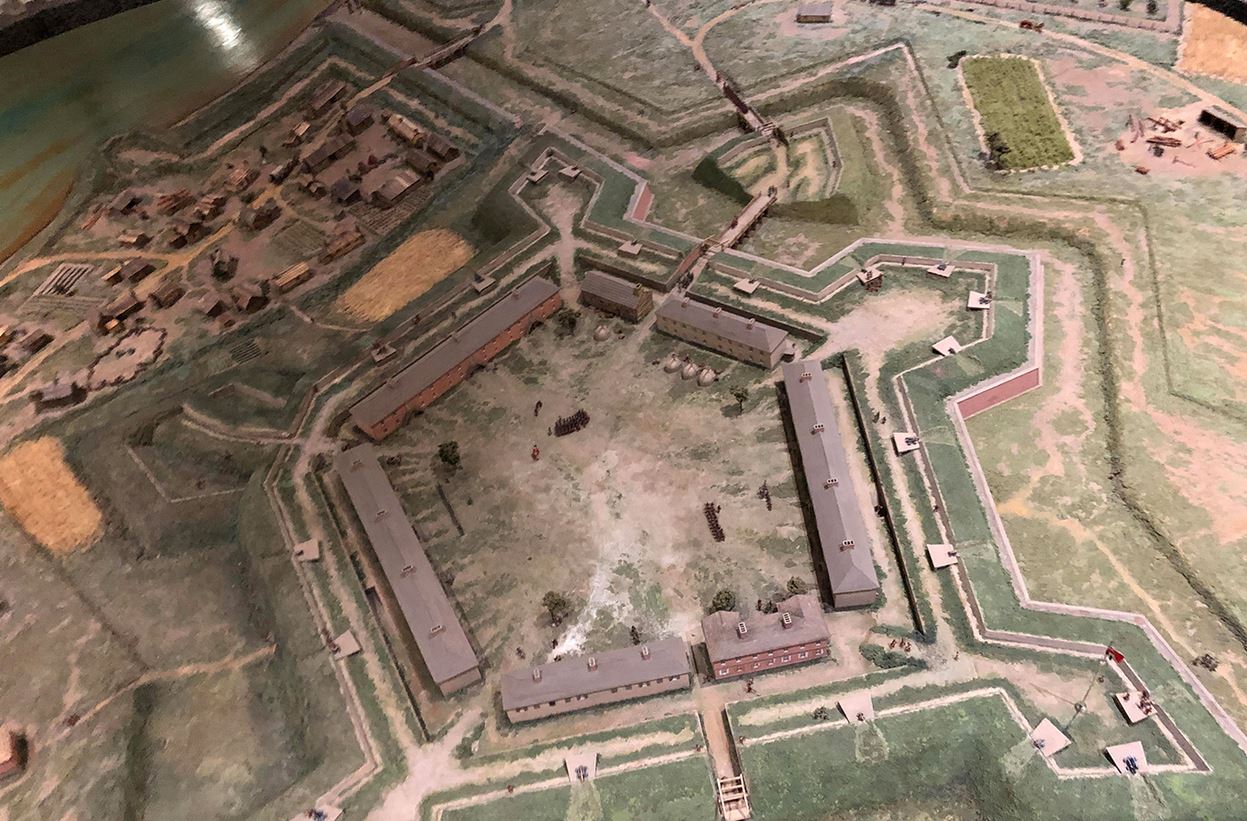
The war of Fort Pitt, formerly known as Fort Duquesne had various skirmishes between British aligned militias of Pennsylvanians and Virginians and their Native American allies, but we will consider the huge war known as The Battle of Fort Duquesne. In 1758, the British Prime Minister William Pitt sent General John Forbes with the goal of militarily driving the French back to Canada.

General Forbes sent Major General James Grant to scrutinize the defensibility of the French fort. Along with 850 soldiers, Grant, after observation, thought the fort could be taken without too much trouble, and then decided to take it .On September 1758, while on a hill, he attacked the fort, but, over 300 of Grant’s forces were killed, the rest fled, and Grant, himself, was captured.
The French and their Indian allies then attacked the remaining huge number of Forbes’s troops, but the French and their Indians lost the battle. On November 26, 1758, the French burned the fort down to the ground, then retreated.The British rebuilt the fort, and then named it Fort Pitt after their beloved prime minister. Later, the fort would be named Pittsburgh and be under American control.
Not long after the British victory over the French regarding Fort Duquesne; Fort Pitt; there were some reports of people seeing spectral figures; ghosts of British, French, and Indians battling each other and hearing sounds of the battle.
